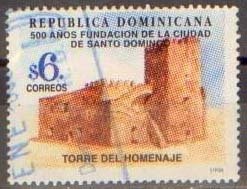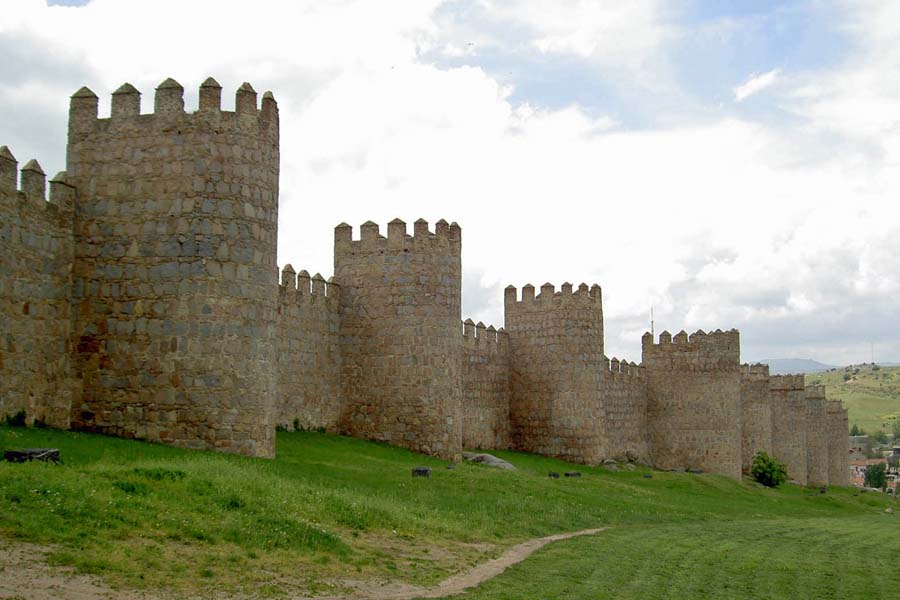Stamp: Main Tower (16th Cty.) (Dominican Republic 1998)
Main Tower (16th Cty.) (Dominican Republic 1998)
06 August (Dominican Republic ) within release 500th anniv of Santo Domingo goes into circulation Stamp Main Tower (16th Cty.) face value 6 Dominican peso
| Stamp Main Tower (16th Cty.) in catalogues | |
|---|---|
| Michel: | Mi:DO 1892 |
| Stamp Number: | Sn:DO 1281 |
Stamp is square format.
Also in the issue 500th anniv of Santo Domingo:
- Stamp - Main Tower (16th Cty.) face value 6;
- Stamp - Santo Domingo, 500th anniv. face value 2;
- Stamp - Santo Domingo, 500th anniv. face value 3;
- Stamp - Santo Domingo, 500th anniv. face value 4;
- Stamp - Santo Domingo, 500th anniv. face value 5;
- Stamp - Santo Domingo, 500th anniv. face value 10;
Stamp Main Tower (16th Cty.) it reflects the thematic directions:
A tower is a tall structure, taller than it is wide, often by a significant factor. Towers are distinguished from masts by their lack of guy-wires and are therefore, along with tall buildings, self-supporting structures.
A defensive wall is a fortification usually used to protect a city, town or other settlement from potential aggressors. The walls can range from simple palisades or earthworks to extensive military fortifications with towers, bastions and gates for access to the city. From ancient to modern times, they were used to enclose settlements. Generally, these are referred to as city walls or town walls, although there were also walls, such as the Great Wall of China, Walls of Benin, Hadrian's Wall, Anastasian Wall, and the Atlantic Wall, which extended far beyond the borders of a city and were used to enclose regions or mark territorial boundaries. In mountainous terrain, defensive walls such as letzis were used in combination with castles to seal valleys from potential attack. Beyond their defensive utility, many walls also had important symbolic functions – representing the status and independence of the communities they embraced.
A fortification (also called a fort, fortress, fastness, or stronghold) is a military construction designed for the defense of territories in warfare, and is used to establish rule in a region during peacetime. The term is derived from Latin fortis ("strong") and facere ("to make").


